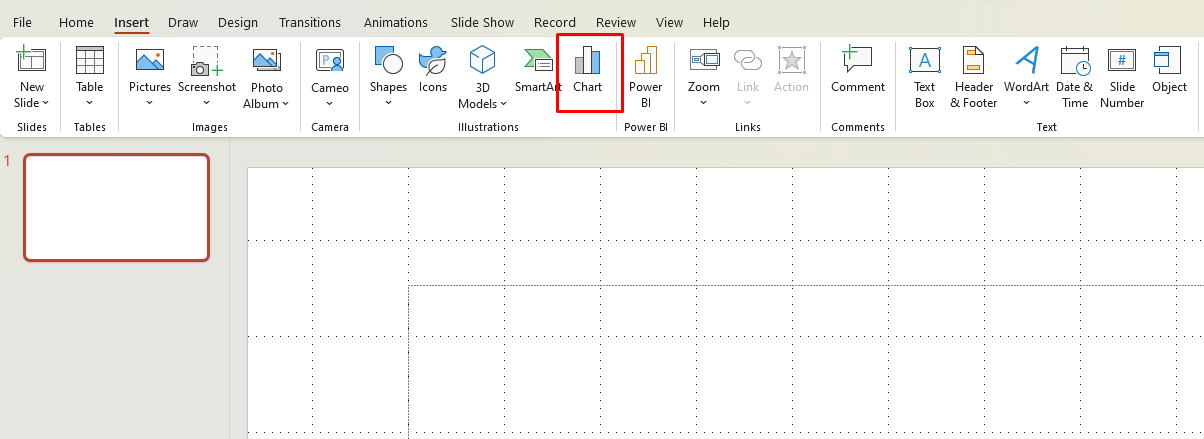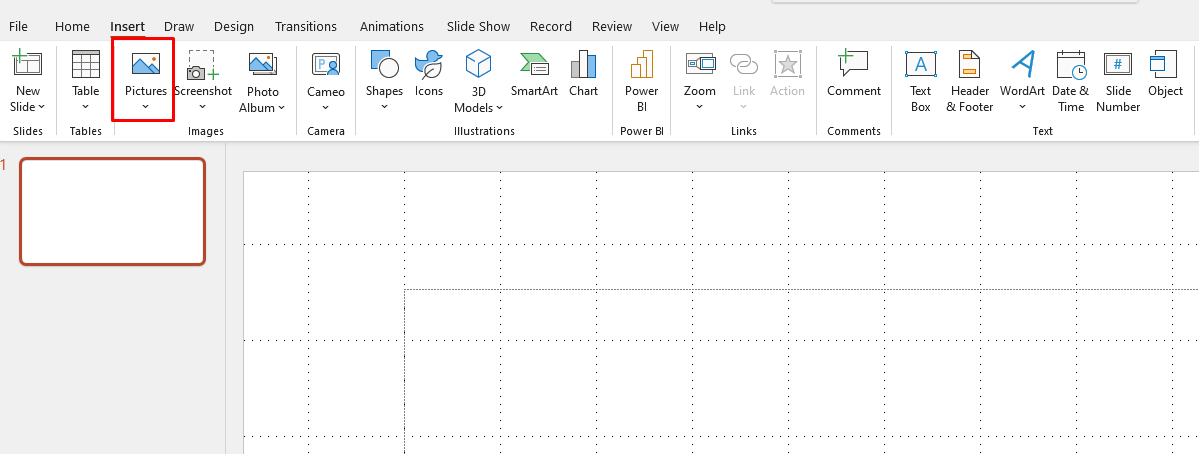PowerPoint presentations are a powerful medium for sharing ideas, showcasing achievements, and driving career growth. Whether you’re preparing a portfolio, delivering a pitch, or presenting at a workshop, the right design can enhance your message and leave a lasting impression. Here are some PowerPoint design ideas tailored for career development presentations.
1. Start with a Strong Opening Slide
Your opening slide sets the tone for your presentation. Design it to capture attention and communicate your purpose.
- Elements to Include: A bold headline, your name, a professional title, and a visually appealing image or icon.
- Example: “Charting My Career Path: Achievements and Goals” with a sleek background in your brand colors.
2. Use Professional Themes
Choose a PowerPoint theme that aligns with your industry or personal brand.
- For corporate settings, opt for clean and minimalist designs.
- For creative industries, use bold colors and dynamic layouts.
Make sure the theme is consistent across all slides to establish a cohesive look.
3. Showcase Achievements Visually
When presenting your accomplishments, visuals can make a significant impact:
- Graphs and Charts: Use bar charts to show growth in sales, productivity, or performance metrics.
- Infographics: Highlight key milestones in your career using a timeline infographic.
- Before-and-After Comparisons: Demonstrate how your contributions led to measurable improvements.

4. Incorporate High-Quality Images
Images add context and emotion to your story. Use high-resolution, professional images that resonate with your topic.
- Examples:
- A picture of you presenting at an event.
- Stock photos illustrating collaboration or success.
- Avoid overused or generic stock images that might dilute your message.

5. Design Slides for Impact
Each slide should convey one main idea. Use these design principles:
- Minimal Text: Limit slides to 3–5 bullet points or short sentences.
- Font Hierarchy: Use larger fonts for headings and smaller fonts for supporting details.
- Contrasting Colors: Ensure text is easy to read by using contrasting background and text colors.
6. Highlight Skills and Growth
Career development presentations are a chance to demonstrate your skills and adaptability. Use creative layouts:
- Skill Matrix: A table showing your proficiency in various tools, technologies, or competencies.
- Progress Charts: Show how you’ve mastered new skills or increased expertise over time.
- Portfolio Slides: Use image placeholders to showcase work samples, certificates, or recognitions.
7. Incorporate Personal Branding
Align your presentation with your personal brand by:
- Using a consistent color palette that reflects your personality.
- Adding your logo or name as a footer on every slide.
- Choosing fonts that match your style—modern, classic, or creative.
8. Leverage Animations and Transitions
Animations can enhance your presentation when used sparingly.
- Use fade-ins or fly-ins to reveal information gradually.
- Avoid distracting animations like spinning text or excessive transitions.
A polished animation can make your presentation look professional, while overuse can detract from your message.
9. Tell a Story
Career development is a journey, and your presentation should reflect that:
- Opening: Start with your background or the challenge you faced.
- Middle: Highlight achievements, lessons learned, and skills gained.
- Closing: End with your goals and how you plan to achieve them.
Support your story with visuals like timelines, charts, and photos that bring your narrative to life.
10. End with a Call to Action
Leave your audience with a clear takeaway or next step:
- Encourage networking with a slide that includes your contact details or LinkedIn profile.
- Add a QR code linking to your portfolio or professional website.
- Conclude with an inspiring statement about your career vision.
Get the cheapest and genuine Office keys with us, ensuring affordability without compromising quality or reliability.


